We know that, more than 80 million households across Europe own a pet. Most of them are cats and dogs, but others also have exotic pets or horses. More and more pet owners are calling on a manual therapist for a variety of treatments and the profession is growing year on year as a result. As it stands, more and more people are seeking a career working with animals, and many students, as well as those wishing to extend their expertise or start afresh entirely, are choosing to train in animal osteopathy.
One of the definition of animal osteopathy job description, as given by the French Board of Veterinarian Surgeons, is as follows:
The sole purpose of these manipulations is to prevent or treat functional disorders within the animal’s body, excluding organic pathologies which require therapeutic, medical, surgical, medicinal or physical intervention. These manipulations are musculoskeletal and myo-fascial, exclusively administered manually and externally. To assist in the management of these functional disorders, people performing animal osteopathy procedures perform non-instrumental, direct and indirect, non-forced manipulations and mobilisations.
Animal osteopathy involves finding the cause of the animal’s disorder and discomfort.
Each country has its own legislation concerning animal osteopathy: you may for example be called animal manual therapist using osteopathic techniques or you could be required to register (UK) with a vet or osteopaths professional bodies before you can start practicing. It is therefore important that you check the legal requirements in the country you wish to work in.
We can convey the daily life of a manual therapist based on the 6 essential professional skills of animal osteopathy. On a daily basis, the manual therapist is required to:
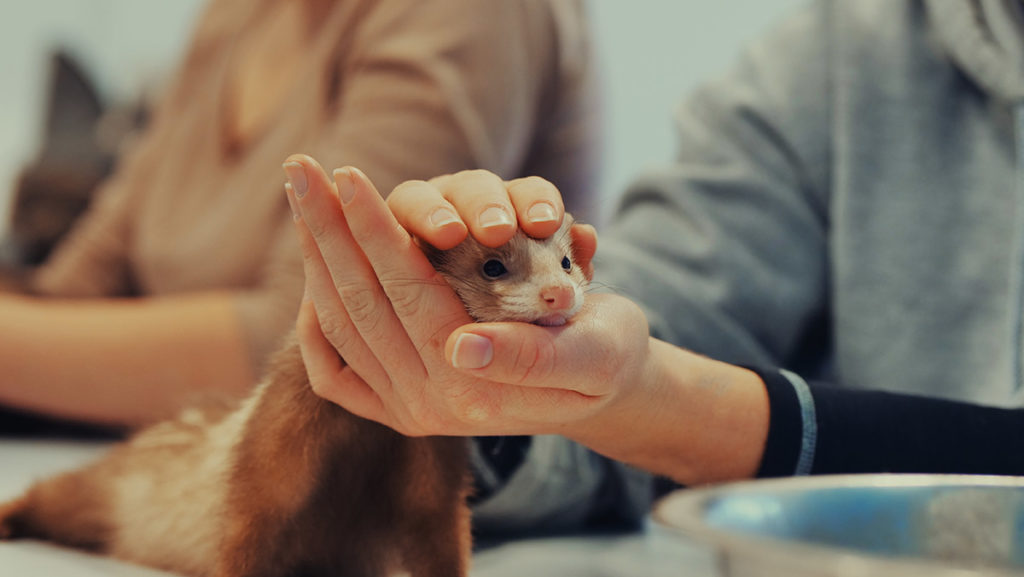
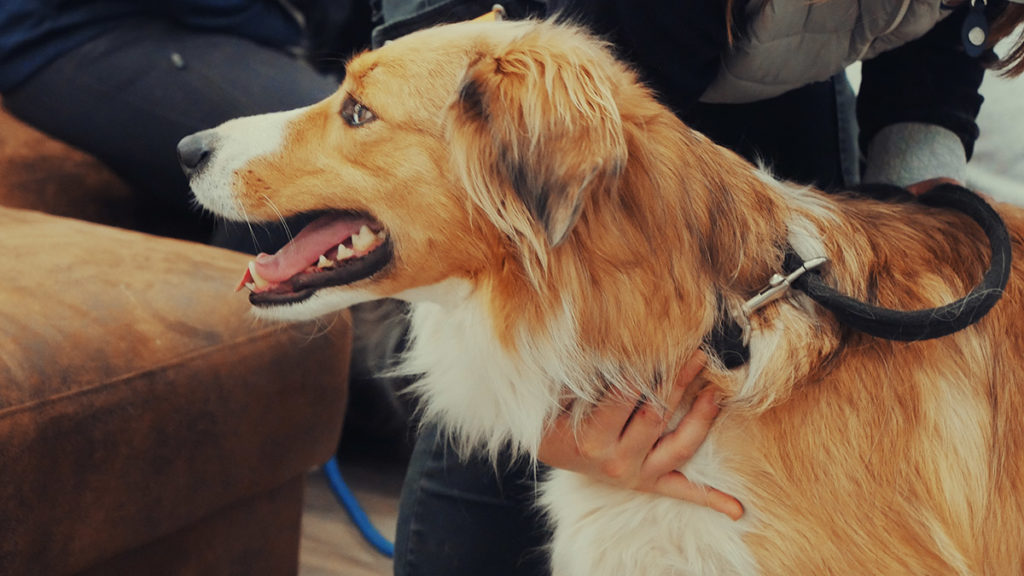
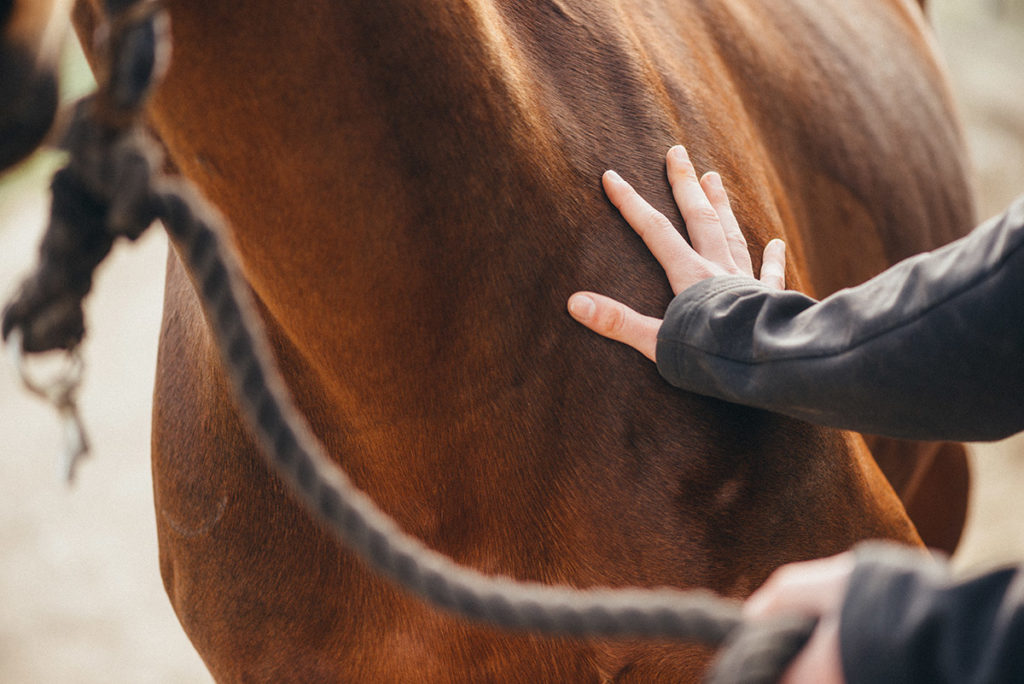
Most manual therapists opt to be self-employed practitioners. It is essential therefore to own a car as you will be expected to travel to meet clients several times a day. In the case where the manual therapist has their own practice, or practices in a clinic, there’s the possibility of receiving patients for osteopathic consultations.
The scope of activity for a manual therapist varies greatly and that’s part of the reason why more and more people become animal osteopaths. On a daily basis, the manual therapist provides consultations, but can also be called out on emergency interventions. If the manual therapist provides care for several kinds of animals (cattle, horses, canines etc.) then these interventions will be more varied.
Animal osteopathy can be practiced on all types of animals, with the profession specialising in five major animal families. Here are the different animal osteopathy practices:
The career of animal osteopathy is therefore very diverse with the possibility to specialise. Depending on the specialty or the specialties practiced, the manual therapist may be required to monitor the sporting progress of racehorses and sporthorses or agility and canicross dogs. In particular, they can also provide care for growing or aging animals, or animals in parks or shelters.

Osteopathy for horses is a gentle, manual practice which enables the detection, prevention and treatment of mobility difficulties or organic pathologies. Equine osteopathy allows you to better understand the stresses and strains specific to horses and the constraints related to equestrian equipment. The equine osteopath helps to improve the horse’s back mobility and overall freedom of movement.

Osteopathy for horses is a gentle, manual practice which enables the detection, prevention and treatment of mobility difficulties or organic pathologies. Equine osteopathy allows you to better understand the stresses and strains specific to horses and the constraints related to equestrian equipment. The equine osteopath helps to improve the horse’s back mobility and overall freedom of movement.
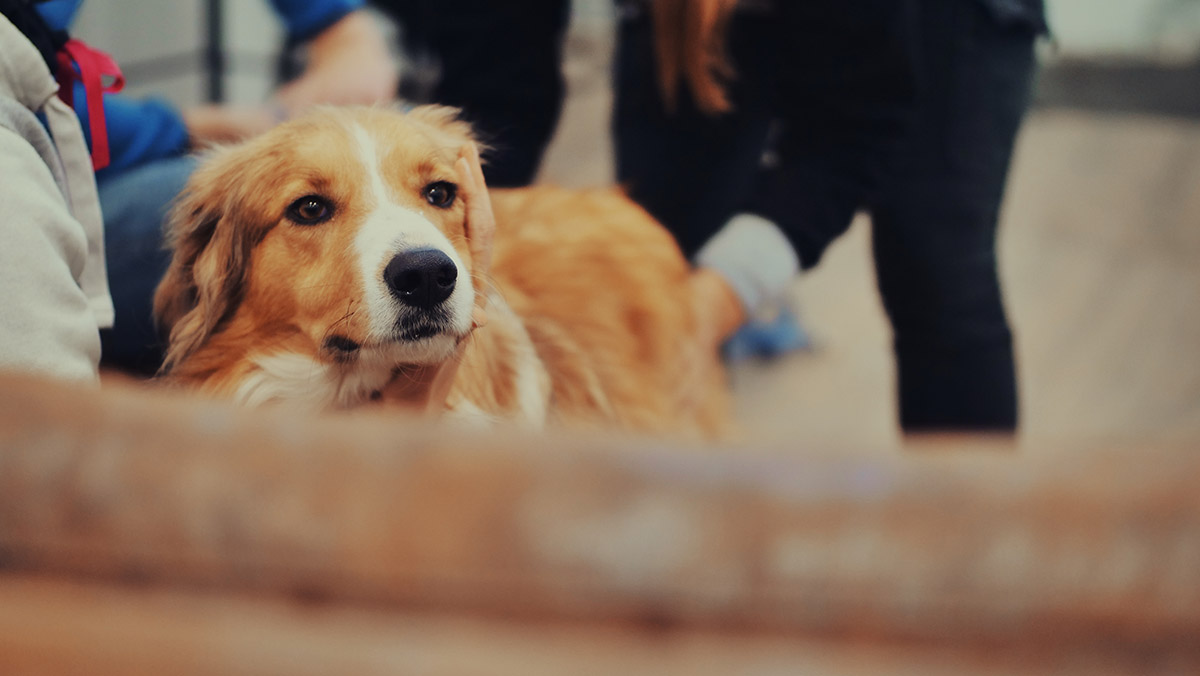
By palpating the painful area in dogs, the canine osteopath can make a diagnosis and perform the appropriate manipulations, if necessary. A canine osteopath is often called upon to treat or prevent health problems related to the joints, muscles and organs.
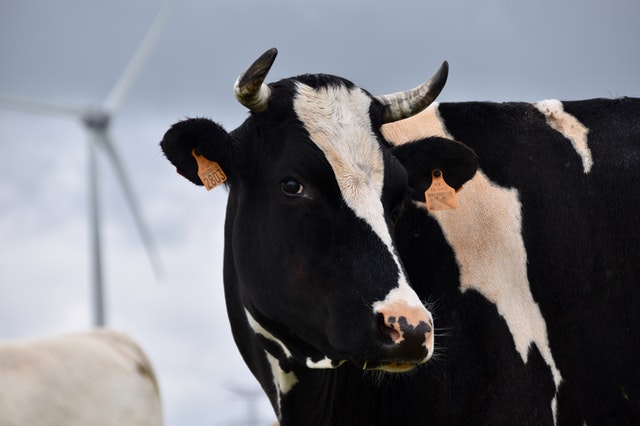
Bovine osteopathy is a gentle manual technique used to treat and prevent functional disorders in cattle. In this case, the bovine osteopath is called to breeders to treat cows, calves, bulls, pigs, etc. Bovine osteopathy palpates the animal presenting symptoms of a functional disorder in order to establish a diagnosis and choose the appropriate manipulations.
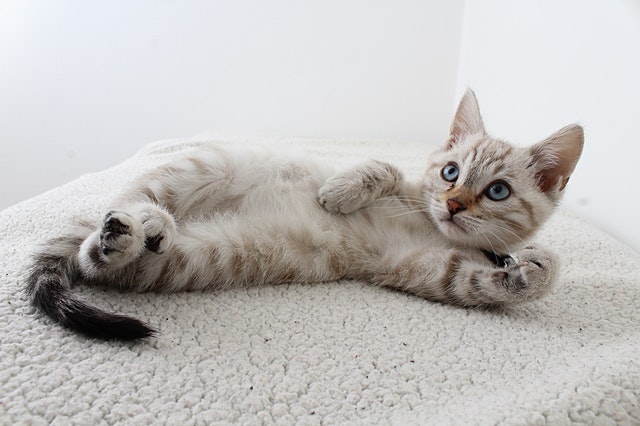
Feline osteopathy helps ensure the cat’s good health throughout its life. A feline osteopath can care for and support the growth of a kitten as well as assist adult cats in the event of illnesses, accidents or functional disorders. The feline osteopath can also be called upon to treat elderly cats to improve their mobility as they age.
For a consultation in animal osteopathy, pricing varies between £50/60EUR and £100/120EUR. This price varies depending on the animal and the manual therapist’s skillset. A manual therapist’s reputation, as well as the geographic region in which they work, can also influence this. Here we give more details about animal osteopaths salary.
Factors that can influence the remuneration of the manual therapist:
Animal osteopathy is a booming industry. As a result, there are now numerous opportunities for manual therapists on offer. Whether in the fields of equine osteopathy or bovine, feline or canine osteopathy, demand for osteopathic care for animals is growing. Many owners have been able to see their animals get better through the use of manipulation techniques that restore the animal’s body balance. For trained animal osteopaths, several possibilities exist:

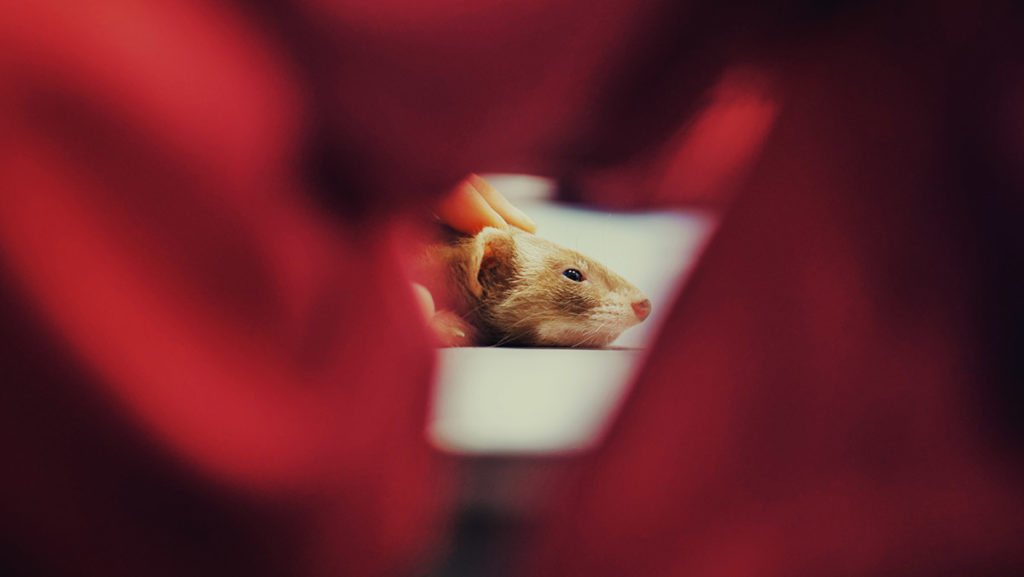

It is also possible to specialize in equine osteopathy or canine osteopathy, for example. There are different paths to becoming a manual therapist depending on whether you are a student or already working.
The priority is to undertake your studies in a school of animal osteopathy that suits you, that respects your values, and that provides you with quality academic training.
The continuing education programme in animal osteopathy is intended for:
Do not hesitate to contact the school’s administrative team to discuss any questions you may have.